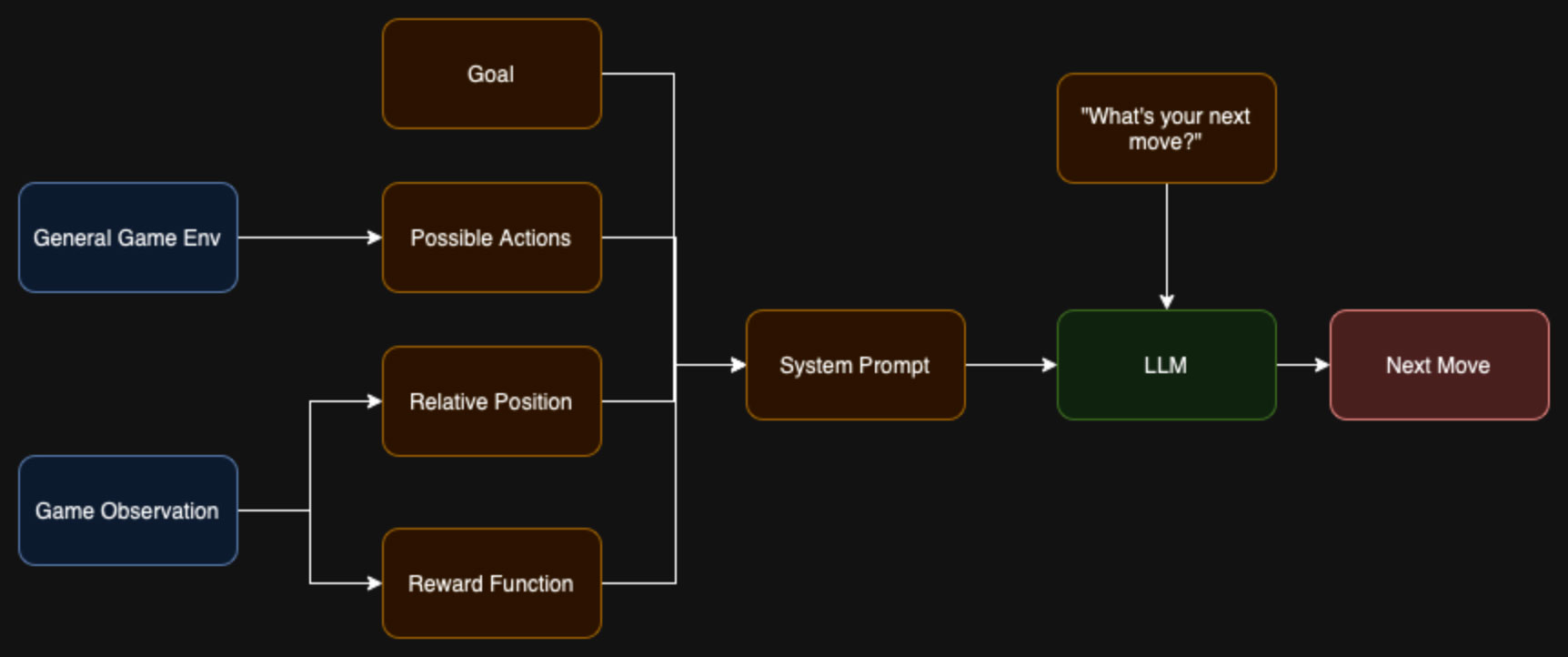Fourteen LLMs fight it out in Street Fighter III — AI showdown finds out which models make the best street fighters.

A new artificial intelligence (AI) benchmark based on the classic arcade title Street Fighter III was devised at the Mistral AI hackathon in San Francisco last week. The open-source LLM Colosseum benchmark was developed by Stan Girard and Quivr Brain. The game is running in an emulator, allows the LLMs to duke it out in unconventional yet spectacular fashion.
AI enthusiast Matthew Berman introduces the new beat-em-up-based large language model (LLM) tournament in the video embedded above. In addition to showcasing the street fighting action, Berman’s video walks you through installing this open-source project on a home PC or Mac, so you can test it for yourself.
This isn’t a typical LLM benchmark. Smaller models usually have a latency and speed advantage, which translates to winning more bouts in this game. Human beat-em-ups players benefit from fast reactions to counter moves by their opponents, and the same rings true in this AI-vs-AI action.
The LLMs are making real-time decisions as to how they fight. As text-based models, they have been prompted how to react to the game action after first analyzing the game state for context and then considering their move options. Move options include; move closer, move away, fireball, megapunch, hurricane, and megafireball.
In the video you can see that fights look fluid, and the players appear to be strategic with their countering, blocking, and use of special moves. However, at the time of writing the project only allows the use of the Ken character – which provides perfect balance, but might be less interesting to watch.
So, which is the best Street Fighter III AI? According to the tests undertaken by Girard, OpenAI’s GPT 3.5 Turbo is the appropriately named winner (ELO 1776) from the eight LLMs they pitted against each other. In a separate series of tests, by Amazon exec Banjo Obayomi, we saw 14 LLMs sparring across 314 individual matches with Anthropic’s claude_3_haiku ultimately triumphant (ELO 1613).
Interestingly, Banjo also observed that LLM bugs/features like AI hallucinations and AI safety rails sometimes got in the way of a particular model’s beat-em-up performance.
Get Tom's Hardware's best news and in-depth reviews, straight to your inbox.
Last but not least, the question arises whether this is a useful benchmark for LLMs, or just an interesting distraction. More complex games could provide more rewarding insights, but results would probably be more difficult to interpret.

Mark Tyson is a news editor at Tom's Hardware. He enjoys covering the full breadth of PC tech; from business and semiconductor design to products approaching the edge of reason.
-
ivan_vy I hope this means better AI for CPU controlled fighters but will be inevitable to see some IA bots in online matching.Reply
Will serve good to training with and AI Sonicfox or AI Daigo, maybe they will sell access to fight their AI persona. -
TechLurker I see this as a way to make future game AIs for NPCs in combat-oriented games. Start with the easier 2D Side-scrolling or Vertical-scrolling games, then gradually expand to modern directional area games like later SF games and Tekken games, then gradually open it up to open world games (free movement beyond the arena). Probably in the future, offline games would feature a dumber AI (but smarter than classically programmed game AIs), but connecting online would offer a real challenge with cloud AIs that adapt to a player's fighting skill within limits (defined by difficulty levels).Reply
The ultimate long-term challenge would be making AI NPCs that would look and act like real individuals in dialogue or actions, even scripted ones. -
CmdrShepard Great, now someone put the winning LLM into the humanoid robot thing they are making. I am sure nothing can go wrong with that.Reply


